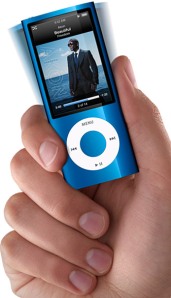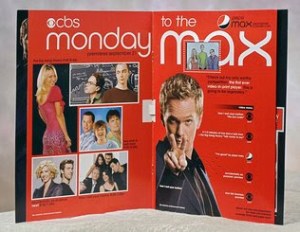ViconRevue Camera (Image: Vicon)
In a recent post I discussed the idea of capturing and storing a lifetime’s experiences with video. An article in New Scientist discusses a “lifeblogging” device that could do the same thing with snapshots taken automatically. The ViconRevue is a camera that can be worn around the neck and set up to take pictures at regular intervals, recording a user’s daily routine for later review.
The device was initially developed by Microoft Research at Cambridge as a means of providing Alzheimer’s patients with a record of their daily routines so that a therapist could revive memories of what had happened to them during the day. This can obviously be extended to include the daily routines of anyone who wants to chronicle their life (lifeblog) in pictures.
ViconRevue can be set up to take a picture every 30 seconds or when the environment changes. Its infra-red sensor can detect the presence of another person standing in front of the user, which then fires the camera. Up to 30,000 pictures can be stored in a 1Gb memory database for later replay or download to a laptop.

iPod nano (image: Apple)
Apple’s latest iPod nano can accomplish something similar, but it does it with video. The 8Gb version is tiny (90.7mm x 38.7mm), featherweight (36.4 gm) and captures H.264 VGA video (640 x 480 pixels) at up to 30 frames per second, with AAC audio. Eight gigabytes of Flash memory storage will capture 8 hours of video or store 7000 pictures. The iPod’s Lithium-ion battery will play 5 hours of video footage or 24 hours of audio before a re-charge is needed. For the 16Gb version, double the video capture and photo storage figures quoted above.
I think this device represents something like a paradigm shift in accessible audio/video hardware, particularly given the fact that its relatively cheap (AUD$199.00 for the 8Gb version or AUD$249.00 for the 16Gb) and offers a range of media tools in addition to audio and video (FM radio, voice memos, pedometer, shake-to-shuffle tune selection – demonstrated above). The teeny anodised-aluminium casing is available in a rainbow spectrum of 9 colours – something we’ve come to expect from Apple. The clincher for me, though, is that Apple offers to add a free personal laser-engraved message to really make your nano one of a kind.
Related articles by Zemanta
- Tools for lifestreaming become available (myventurepad.com)
![Reblog this post [with Zemanta]](https://i0.wp.com/img.zemanta.com/reblog_e.png)
 In a recent
In a recent